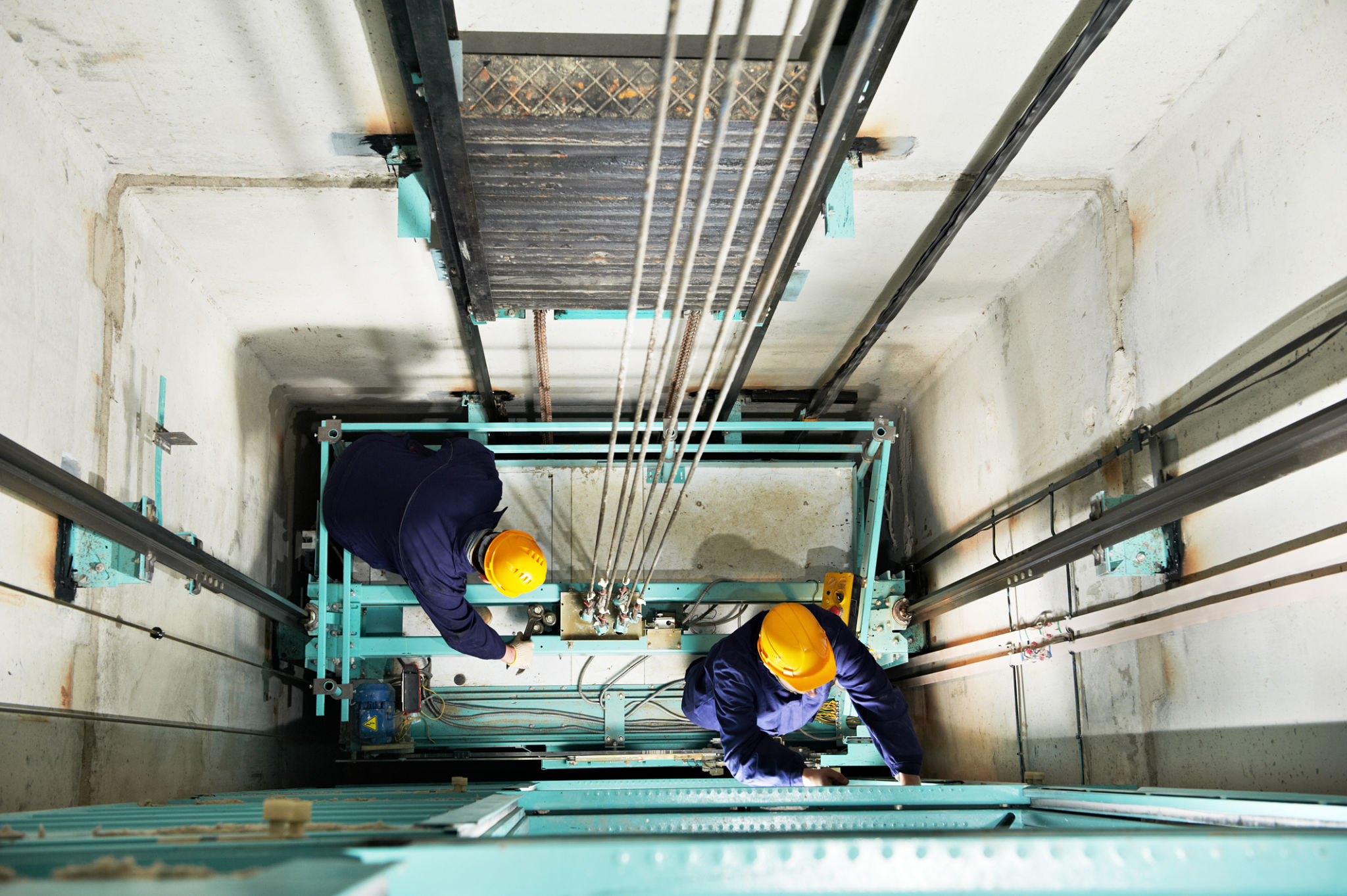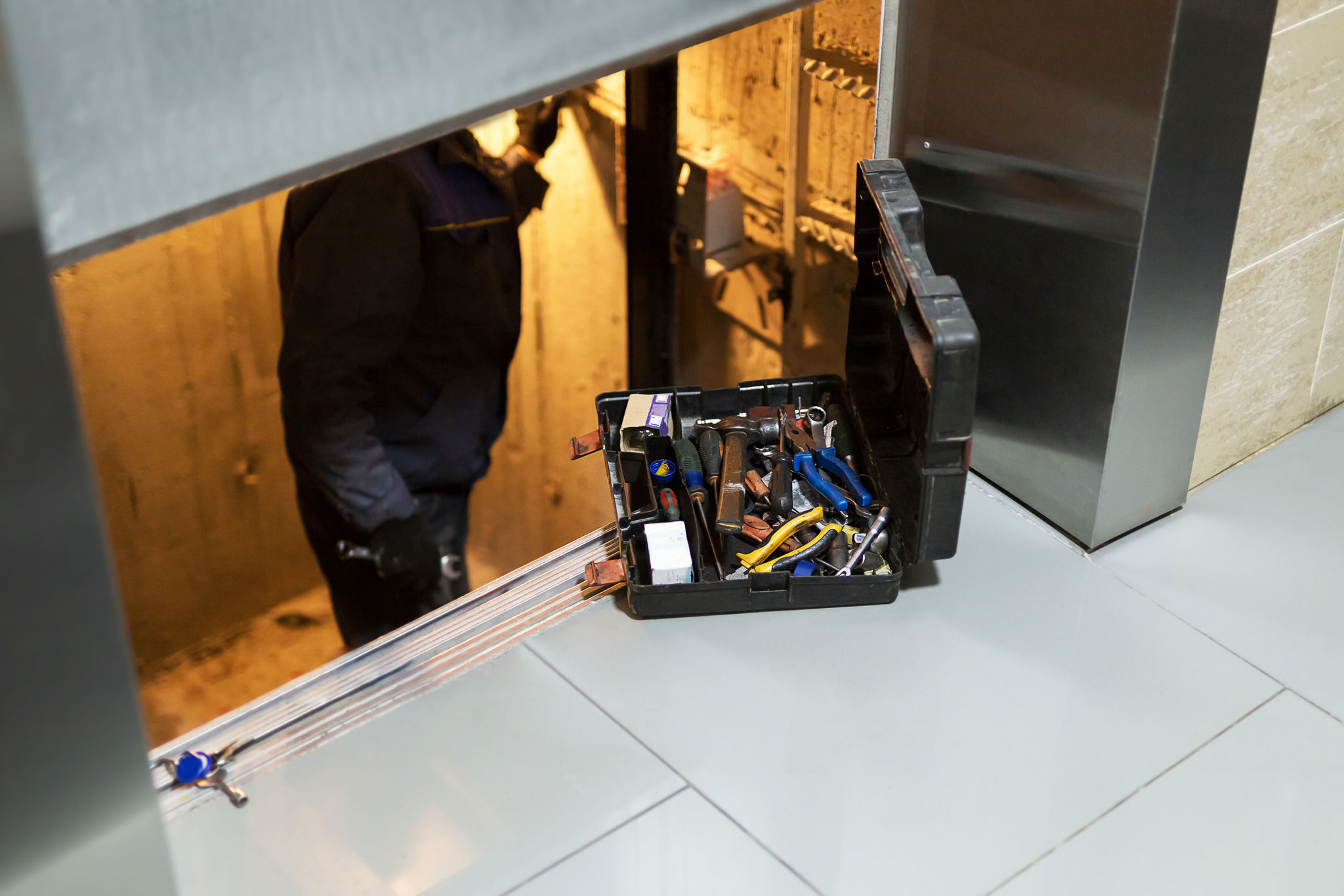Debunking Myths About Lift Maintenance: What You Really Need to Know
Understanding the Basics of Lift Maintenance
When it comes to lift maintenance, there are several misconceptions that can lead to unnecessary expenses or even safety hazards. Understanding the basics of lift maintenance is crucial for property managers and building owners. Knowing what your lift truly needs will not only save money but also ensure the safety and reliability of the lift system.

Myth 1: Regular Maintenance Isn’t Necessary
One of the most common myths is that regular maintenance is not necessary for lifts. This is far from the truth. Lifts, like any other mechanical equipment, require regular servicing to function efficiently. Routine maintenance helps in identifying potential issues before they become major problems, thereby reducing downtime and costly repairs.
Ignoring maintenance can lead to unexpected breakdowns, which not only inconvenience users but also pose safety risks. Scheduled check-ups ensure that all components are in proper working condition, extending the lifespan of the lift.
Myth 2: Any Technician Can Service a Lift
Another myth is that any technician can service a lift. Lifts are sophisticated systems that require specialized knowledge and skills for proper maintenance. It's essential to hire certified professionals who are trained specifically in lift systems. These experts understand the intricate workings of lifts and can provide comprehensive servicing and repairs.

Myth 3: Lifts Don’t Need Upgrades
Some people believe that once a lift is installed, it doesn’t need any upgrades. However, technology evolves, and so does lift technology. Upgrading your lift system not only improves efficiency but can also enhance safety features. Modern lifts come with advanced technology that can significantly improve user experience and energy efficiency.
Upgrades can also be a cost-effective way to comply with the latest safety regulations and standards, ensuring that your lift is always up-to-date with current requirements.
The Importance of Adhering to Regulations
Adhering to regulations is another critical aspect of lift maintenance that is often misunderstood. Compliance with national and local regulations is not just a legal obligation but also a step towards ensuring safety and reliability. Regular inspections by certified professionals help in maintaining compliance and avoiding potential legal issues.

Creating a Maintenance Plan
A well-structured maintenance plan can prevent many issues associated with lifts. Such a plan should include regular inspections, prompt repairs, and necessary upgrades. Working closely with a specialized maintenance company can help draft a plan tailored to your lift's specific needs.
A proactive approach to maintenance ensures that your lift remains reliable and safe for all users, minimizing the risk of accidents and costly malfunctions.
Conclusion
Debunking these myths about lift maintenance highlights the importance of regular servicing, professional expertise, timely upgrades, regulatory compliance, and having a solid maintenance plan. By understanding what lift maintenance truly involves, you can ensure the safety, efficiency, and longevity of your lift systems. Always rely on certified professionals for your maintenance needs, as they possess the expertise required to keep your lifts running smoothly.